
Reality has layers. What you see with your physical eyes—the world of matter, form, and surface appearance—is only one dimension. Beneath and beyond it exists another realm entirely: the world of meaning, spirit, and hidden realities.
The universe operates on at least two levels:
The outer, apparent dimension (zahir): Known through your five physical senses—sight, hearing, touch, taste, smell. This is the realm of bodies, objects, and material cause-and-effect.
The inner, hidden dimension (batin): Known through spiritual unveiling, accessible to the soul when properly developed. This is the realm of meanings, spiritual forces, and ultimate realities.
Most people live their entire lives perceiving only the outer dimension. They see forms but miss meanings. They observe effects but remain blind to causes. They experience life on the surface while the depths remain completely unknown to them.
This is half-sight—perceiving only one dimension of a multi-dimensional reality.
Just as your physical senses developed gradually after birth—learning to focus your eyes, distinguish sounds, coordinate touch—your spiritual senses require development too.
And just as your physical senses need maintenance (cleaning your eyes, protecting your ears, caring for your body), your spiritual senses need cultivation through purification and spiritual practice.
Most people never develop their inner senses. They remain spiritually infantile their entire lives, perceiving only the most obvious, surface-level realities. They're like someone with functional eyes who never learned to read—technically capable of sight but missing entire dimensions of meaning.
Islam provides the complete system for developing these inner faculties. Through its practices, you gradually open perception to realities that were always there but previously imperceptible.
The structure of Islamic revelation itself teaches us the proper sequence for development.
The first thirteen years of Prophet Muhammad's (peace and blessings be upon him) mission focused almost entirely on esoteric realities—the inner, spiritual, metaphysical dimensions:
The Makki chapters of the Qur'an—revealed during this period—penetrate to the core of existence. They address fundamental questions: Who is God? What are you? Where did you come from? Where are you going? What's the purpose of all this?
This came first for a reason. Before you can properly practice the religion, you must understand its spiritual realities. Before you can follow the law, you must grasp the wisdom behind it. Before external compliance means anything, internal transformation must occur.
After the Muslims migrated to Medina and established a community where they could practice freely, the focus shifted to exoteric realities—the outer, practical, legal dimensions:
But notice: this came second, after the spiritual foundation was established. The companions had spent thirteen years developing their inner faculties, purifying their hearts, understanding ultimate realities. Only then were they ready to receive and implement the detailed outer practices.
Many Muslims today reverse this sequence—they focus on outer compliance without inner transformation, on legal rulings without spiritual depth, on form without substance. The result? Religiosity without spirituality, practice without presence, rules without realization.
The prophetic model is clear: inner first, then outer. Hidden realities first, then apparent practices.
The Prophet (peace and blessings be upon him) revealed something profound about the nature of revelation itself:
"The Qur'an was revealed in seven modes. Each verse among them has an outward and an inward, and each limit has a horizon." [Mishkāt al-Maṣābīḥ #238]
Every verse operates on multiple levels simultaneously:
Outward (zahir): The apparent meaning accessible through straightforward reading—the literal sense, the obvious message, the surface instruction.
Inward (batin): The hidden meanings revealed through spiritual insight—the deeper wisdom, the esoteric realities, the layers of significance beneath the obvious.
And beyond even these: "each limit has a horizon"—meaning that even when you think you've grasped a verse's depth, there are further horizons of meaning yet to discover.
This is why scholars spend lifetimes with the Qur'an and never exhaust it. This is why you can recite the same verse a thousand times and suddenly perceive something you never saw before. The text has layers, and your perception of those layers depends on your spiritual development.
As your inner senses awaken, the Qur'an reveals more of itself. What once seemed like simple stories become profound teachings. What appeared as basic commands reveal themselves as keys to transformation. The book doesn't change—you do, and as you change, you see what was always there but previously hidden from you.
Nur (divine light) itself operates on both dimensions:
Apparent Nur: Physical light from the sun, moon, stars, fire. This is what your outer eye perceives—photons, wavelengths, illumination of material objects.
Hidden Nur: Spiritual light from God, angels, blessings, sacred practices. This is what your inner eye perceives—divine presence, angelic assistance, barakah flowing through creation.
Islam focuses primarily on hidden Nur because this is what actually transforms you. Physical light lets you navigate the material world, but spiritual light lets you navigate existence itself—showing you truth from falsehood, guidance from misguidance, reality from illusion.
How do we know this hidden Nur exists? Two ways:
Prophetic testimony: Throughout history, prophets have informed humanity about these unseen realities. They've described angels, divine light, spiritual forces—not as metaphors but as actual realities in the hidden dimension.
Direct experience: When you recite Qur'an with presence, when you supplicate sincerely, when you pray with concentration—you feel something. A peace, a presence, a shift in your state. If you analyze this feeling using only material senses, you can't identify its source. This indicates it comes from the unseen dimension.
The more you develop your inner senses, the more tangible these realities become. What starts as faint impressions grows into clear perception. You begin recognizing spiritual presences, feeling energy shifts, perceiving dimensions of reality that were previously completely hidden.
When divine light enters a body, heart, or soul filled with darkness, it functions in a specific sequence:
First, it reveals the darkness for what it is. Light exposes. Before healing can occur, you must see what needs healing. Hidden wounds, suppressed traumas, spiritual diseases you've been denying—light brings them to awareness.
This is why healing is often painful initially. You become aware of issues you didn't know existed. Darkness that was comfortable in its hiddenness becomes exposed and uncomfortable. Many people retreat at this stage, preferring familiar darkness to the discomfort of exposure.
Then, it replaces darkness with light. Once exposed, darkness cannot coexist with light. As spiritual luminosity increases, darkness naturally dissolves—not through fighting it, but through the simple presence of light overwhelming it.
Finally, it reveals realities darkness once covered. With darkness gone and light filling the space, you see clearly for the first time. Truth becomes obvious. Your purpose becomes clear. Priorities align. Reality stops being confusing and starts making sense.
This is the healing process at the spiritual level—and it necessarily precedes complete healing at emotional and physical levels.
The great Moroccan saint Ibn Ajibah (d. 1809) described a tragic pattern he witnessed repeatedly:
"The one who is obstructed by darkness is like the one who has been surrounded by doubts and suspicions. He seeks someone to guide him to the path of guidance. Then, when the lights of the Gnostics become apparent to him, the secrets of those brought close to God are surrounding him—such that horizons are illuminated by their light and the efforts of the servants are reinvigorated—they deny them all and distance themselves from them."
This is perhaps the saddest spiritual condition: being offered light and rejecting it.
Someone lost in darkness cries out for guidance. Then genuine light appears—through teachers, through practices, through encounters with people carrying divine illumination. The path becomes clear, the way is shown, help is offered.
But instead of receiving it, they:
Ibn Ajibah compares this to someone lost in the dark who lights a fire to see the way, then has the light taken away, leaving only ashes and heat—worse off than before because now they also have the pain of having glimpsed the path but chosen to remain lost.
Why do people reject light when it appears? Because accepting it requires change. Darkness is comfortable when you're accustomed to it. Light exposes what you'd prefer to keep hidden. Following the illuminated path demands effort, sacrifice, transformation.
Some prefer the familiar darkness to the challenging light.
You cannot avoid choosing. Even not choosing is a choice—to remain in the outer dimension only, to live on surfaces, to perceive merely what your physical senses report.
But you have the capacity for more. You were given inner senses for a reason. The hidden dimension exists and operates constantly, whether you perceive it or not. Spiritual forces affect your life regardless of whether you're aware of them.
Developing your inner faculties means:
The result? You begin living in fullness—perceiving both dimensions, navigating both realms, understanding both form and meaning. You're no longer half-blind, missing entire dimensions of existence. You see completely.
This is what the prophets, saints, and gnostics achieved. This is what they're inviting you toward. This is the light they're holding out while you're still sitting in darkness.
The question is: Will you reach for it?
May God grant us perception of both the outer and inner dimensions. May He develop our spiritual senses as He has developed our physical ones. May we receive the light when it appears and never be among those who blind themselves to truth. May we be people who see reality completely—in its apparent and hidden dimensions. Ameen.



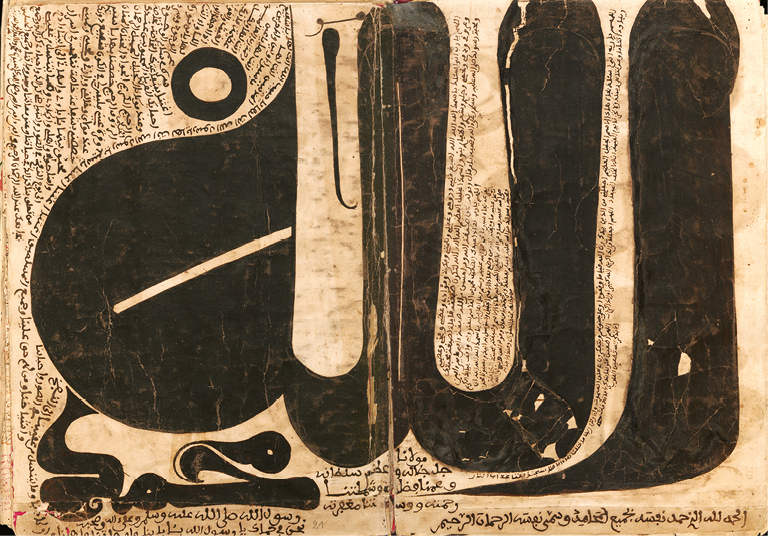
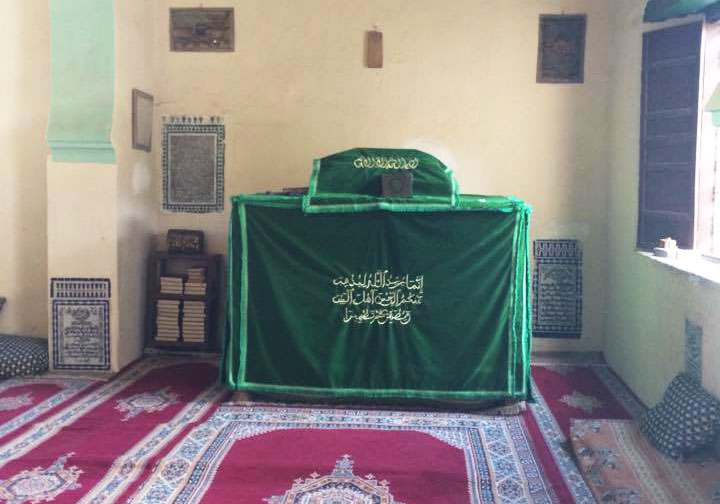

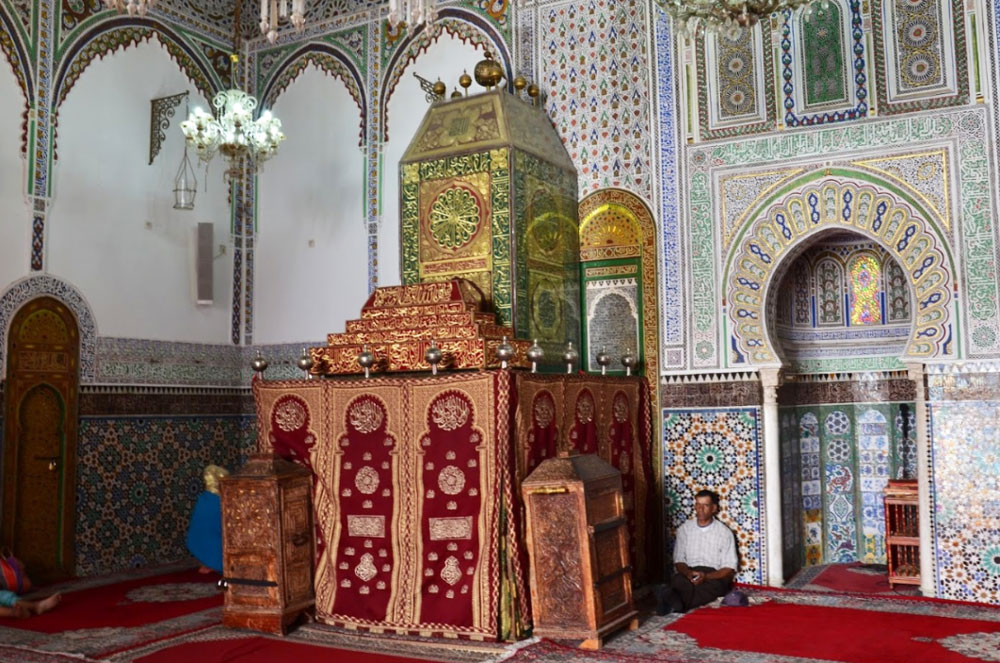
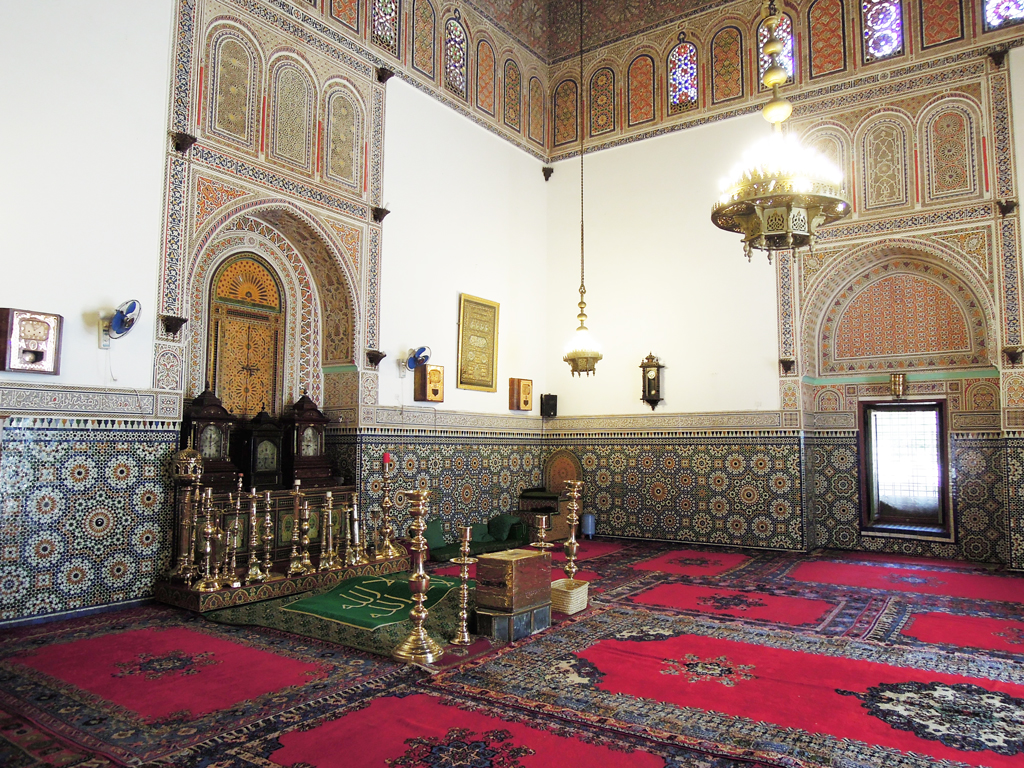





























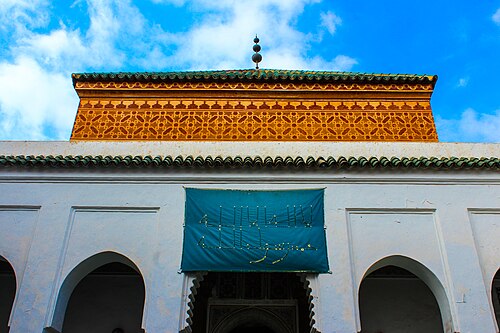
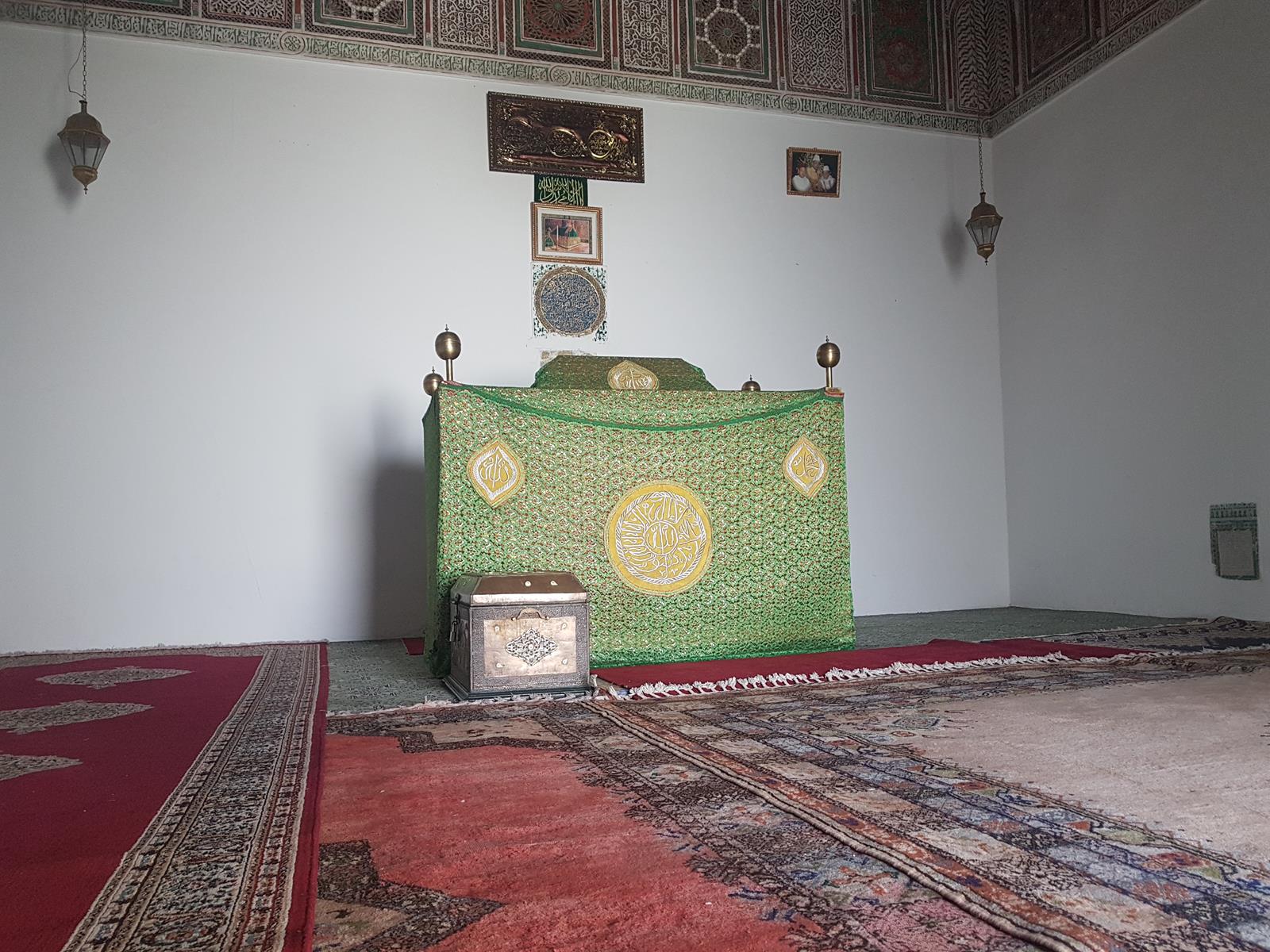




Find all our meditations on the Nur App!
Experience tranquillity through Qur'anic recitations and meditations on our Nur App and develop healthy spiritual routines to maintain your God-given Nur (light).
